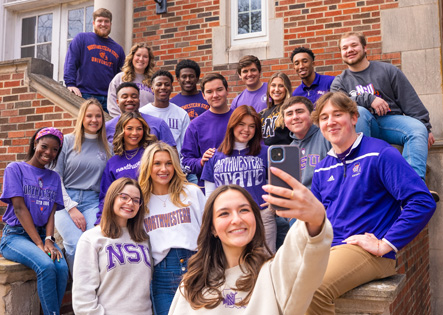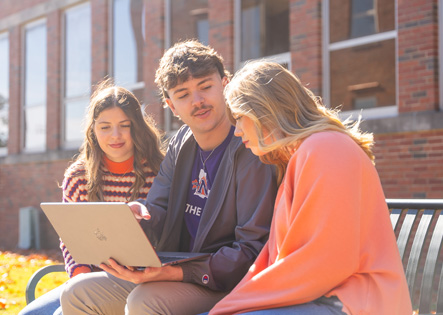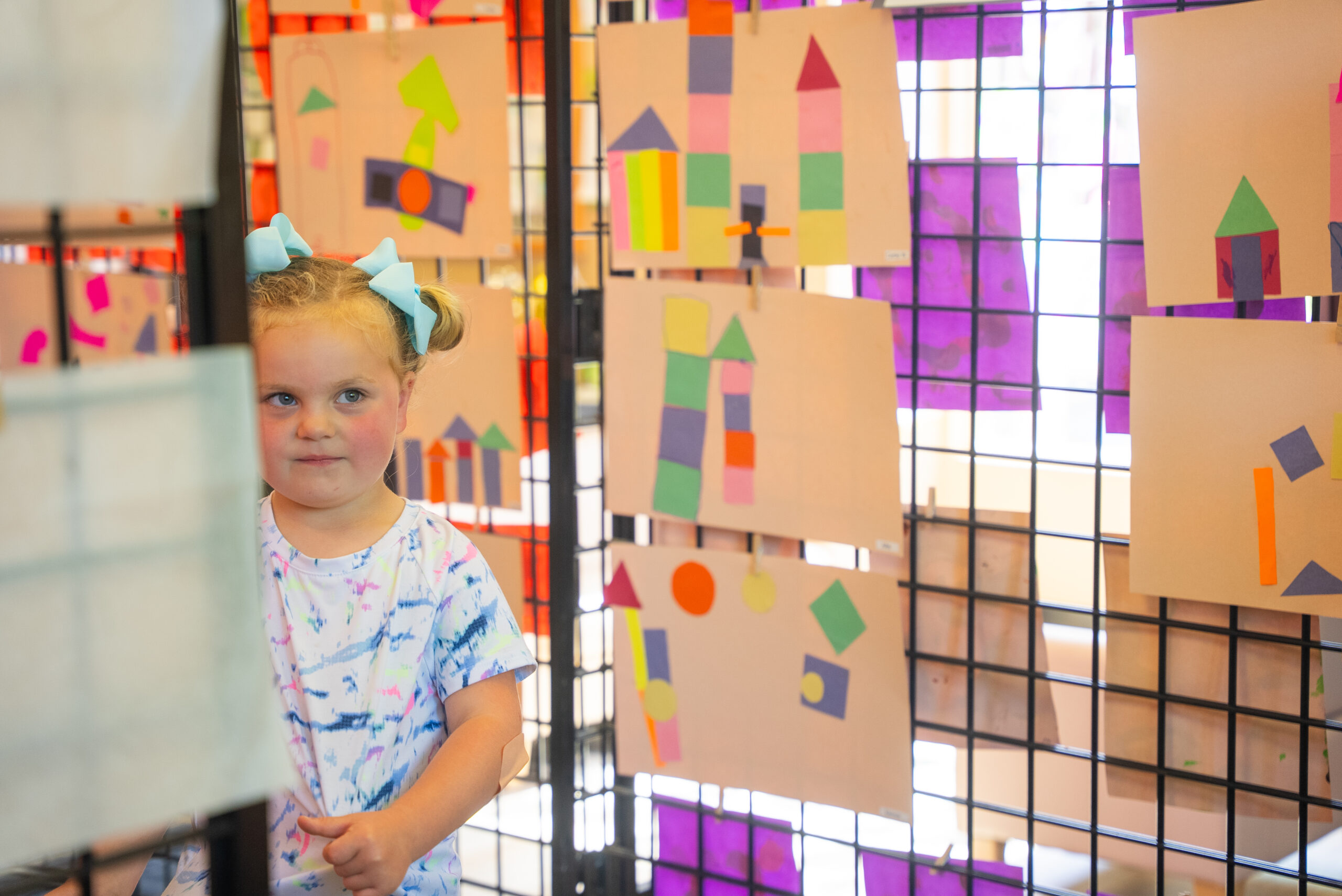Children learn through an active role in their environment; therefore, the environment plays a critical role in learning. Through The Creative Curriculum, children become independent, self-confident, inquisitive, and enthusiastic learners by actively exploring their environment. The planned activities for the children, the organization of the environment, the selection of toys and materials, planning the daily schedule and interacting with the children, are all designed to accomplish the goals and objectives of the curriculum.




